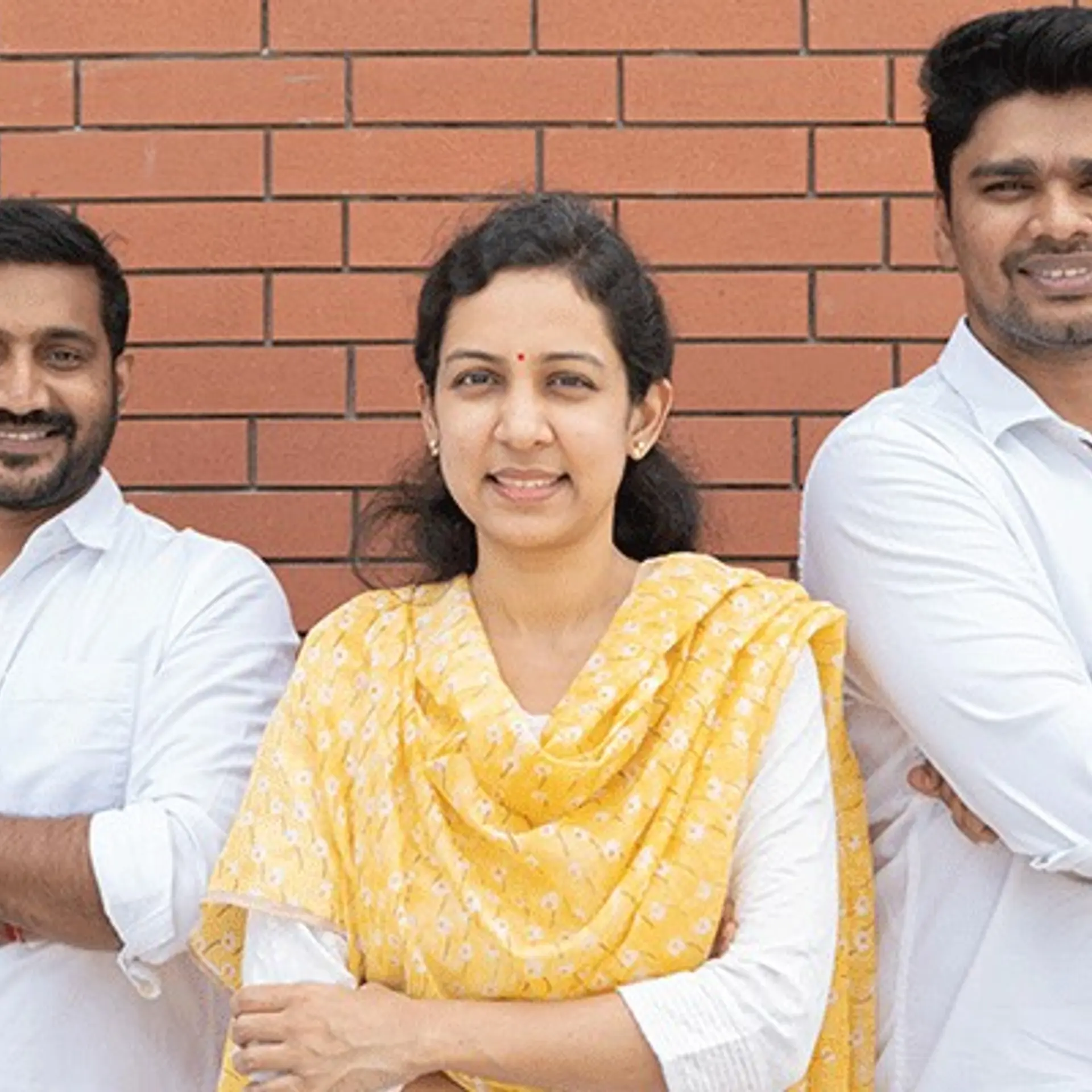Oracle's loss, Google's gain: Thomas Kurian joins as head of Google’s cloud business
Thomas Kurian is expected to bring to the table his knowledge and expertise of putting great cloud products out in the market by listening to the developer community.
In shopping parlance, one would call getting a great product, at whatever cost, a steal. But, when an ace technocrat gets picked up by a global tech giant, it is considered gold. On Friday, Google announced that former Oracle executive Thomas Kurian will head its cloud business. He is set to start work on November 26 but will take over the reins from Diane Greene, who has held the post for three years, in early 2019.

Industry insiders note the move with a level of excitement. “Thomas is fantastic. He is way ahead of his time and understands the business of SaaS and the impact of artificial intelligence, blockchain and other cloud-based technologies,” says an MD of a multi-billion-dollar SaaS company. No wonder, Thomas, the local boy from Bengaluru, was the man chosen to take over Google Cloud after leaving Oracle two months ago.
Kurian, who lives in the South Bay region of the Bay Area, was taking some time off when speculation was rife as to why he left Oracle, especially since he is considered to be founder Larry Ellison’s favourite. Sources close to Kurian told YourStory that the reason he left Oracle was over a case of rift in product strategy between senior leaders at Oracle.
Thomas served as President of Product Development at Oracle. Oracle is considered to be lagging in the cloud business when compared with Amazon’s AWS, Microsoft, IBM, Google and Alibaba, and his move will only help strengthen Google's ambitions for its cloud tech.
In her blog, Greene noted the long way Google’s cloud business has come. “The Google Cloud team has accomplished amazing things over the last three years, and I’m proud to have been a part of this transformative work. We have moved Google Cloud from having only two significant customers and a collection of startups to having major Fortune 1000 enterprises betting their future on Google Cloud, something we should accept as a great compliment as well as a huge responsibility,” she said.
On the transition, she added, “Thomas Kurian, a respected technologist and executive, will be joining Google Cloud on November 26th and transitioning into the Google Cloud leadership role in early 2019. Sundar, Urs and I all interviewed Thomas, and I believe that he’ll do an amazing job helping to take Google Cloud to the next level. Thomas has 22 years of experience at Oracle; most recently he was President of Product Development.”
Kurian comes from a strong enterprise background and the industry will be closely following his strategies to scale Google Cloud, keenly observing the way he utilises his ability to tie a product in with a community of developers. Kurian helped scale Oracle's developer community and sources say that is one of the major reasons Google was interested in him, since the company is all about its community.
Under Greene, Google set up a single cloud platform where they had integrated sales, marketing, Google Cloud Platform (GCP), and Google Apps/G Suite.
The cloud market
Under Kurian, Google will expect to compete with Amazon, Microsoft and IBM. Recently, Red Hat was acquired by IBM for $34 billion and it will continue to focus on open source development and the large community of developers to build on open source systems. Now what is left to be seen is the hybrid cloud as large enterprises will move to the cloud more rapidly than implementing on-premise solutions.
Software as a service (SaaS) remains the largest segment of the cloud market, with revenue expected to grow 22.2 percent to reach $73.6 billion in 2018. Gartner expects SaaS to reach 45 percent of total application software spending by 2021.
"In many areas, SaaS has become the preferred delivery model," said Sid Nag, Research Director at Gartner. "Now SaaS users are increasingly demanding more purpose-built offerings engineered to deliver specific business outcomes."
Within the platform as a service (PaaS) category, the fastest-growing segment is database platform as a service (dbPaaS), expected to reach almost $10 billion by 2021. Hyperscale cloud providers are increasing the range of services they offer to include dbPaaS.
"Although these large vendors have different strengths, and customers generally feel comfortable that they will be able to meet their current and future needs, other dbPaaS offerings may be good choices for organizations looking to avoid lock-in," Nag added.
While public cloud revenue is growing more strongly than initially forecast, Gartner still expects growth rates to stabilise from 2018 onward, reflecting the increasingly mainstream status and maturity that public cloud services will gain within a wider IT spending mix.







